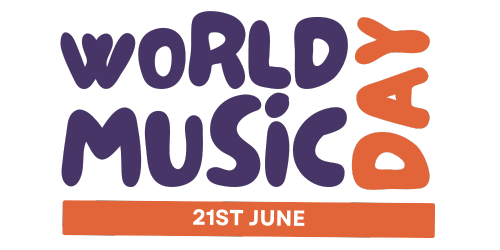Incorporating online resources and apps into music education can significantly enhance the learning experience for primary/elementary students. These digital tools offer interactive, engaging, and customizable ways to explore music theory, performance, composition, and appreciation. Here’s how teachers can effectively utilize online resources and apps to enrich music education in their classrooms.
Music Theory and Ear Training
- Musictheory.net: A free resource offering lessons and exercises on music theory basics, from note reading to complex chords.
- Teoria: Interactive tutorials and exercises on music theory and ear training, suitable for various levels.
Instrument Learning Apps
- Yousician: An interactive music service for learning guitar, piano, bass, ukulele, or singing with real-time feedback.
- Simply Piano by JoyTunes: A fast and fun way to learn piano, from beginner to pro. Works with any piano or keyboard.
Composition and Music Production
- GarageBand: A fully equipped music creation studio right inside your Mac or iOS device with a complete sound library.
- Incredibox: A music app that lets you create your own music with the help of a merry crew of beatboxers. Suitable for all ages.
- Soundtrap by Spotify: An online digital audio workstation (DAW) accessible directly in your browser, allowing for music and podcast recording.
Interactive Learning and Exploration
- Chrome Music Lab: A website that makes learning music more accessible through fun, hands-on experiments.
- Classics for Kids: Offers games, music lessons, lesson plans, and information on composers and classical music for children.
Collaborative Work and Sharing
- BandLab for Education: A safe, free, and easy-to-use platform where students can create, collaborate, and share music.
Selecting Online Resources
1. Identify Educational Goals: Before exploring online resources and apps, clearly define your educational objectives. Are you focusing on music theory, instrument skills, composition, or a combination of these? Your goals will guide which tools are most suitable for your classroom.
2. Research and Evaluate: Look for resources and apps that are reputable, age-appropriate, and align with your educational goals. Read reviews from other educators and try out the apps yourself to ensure they meet your standards for quality and engagement.
3. Consider Accessibility: Choose resources that are accessible to all students, including those who may not have internet access at home. Explore apps that are available on multiple platforms (iOS, Android, web) and consider the technology available in your school.
Engaging Students with Interactive Apps
4. Music Theory Apps: Apps like Tenuto, Musictheory.net, or Yousician offer interactive lessons on music theory, ear training, and note reading. These can be used in class or assigned as homework to reinforce learning.
5. Instrument Learning Apps: For students learning instruments, apps like Simply Piano or Fret Trainer can provide fun and interactive ways to practice notes, chords, and songs.
6. Composition and Production Tools: Introduce students to composition through user-friendly apps like GarageBand, Incredibox, or Soundtrap. These apps allow students to create their own music, experiment with different sounds, and understand the basics of music production.
Integrating Online Resources into Lessons
7. Blended Learning: Incorporate online resources and apps into a blended learning model. Use these digital tools to complement traditional teaching methods, providing a rich and varied learning experience that caters to different learning styles.
8. Interactive Whiteboard Activities: Utilize interactive whiteboards to engage the whole class with music apps and websites. This can be particularly effective for group theory lessons or analyzing musical pieces together.
9. Assignments and Projects: Leverage online tools for assignments and projects. Students can use apps to practice skills, compose music, or conduct research on musical topics, and then share their work with the class.
Promoting Collaboration and Sharing
10. Collaborative Composition Projects: Use apps that allow for collaborative work, such as Soundtrap, where students can create music together in real-time, even from different locations. This promotes teamwork and creative exchange.
11. Sharing and Feedback: Encourage students to share their creations or performances with the class through digital platforms. Provide constructive feedback and foster a supportive environment where students can critique each other’s work positively.
Staying Updated and Expanding Resources
12. Professional Development: Stay informed about the latest music education apps and online resources through professional development opportunities, educator networks, and online forums.
13. Involve Students: Get feedback from students on which apps and online resources they find most engaging and educational. Their insights can help you discover new tools and adjust your teaching strategies to better meet their needs.
Conclusion
Online resources and apps offer dynamic and innovative ways to enhance music education for primary/elementary students. By carefully selecting and integrating these digital tools into your curriculum, you can provide a more engaging, interactive, and personalized learning experience that encourages students to explore their musical interests and talents.
